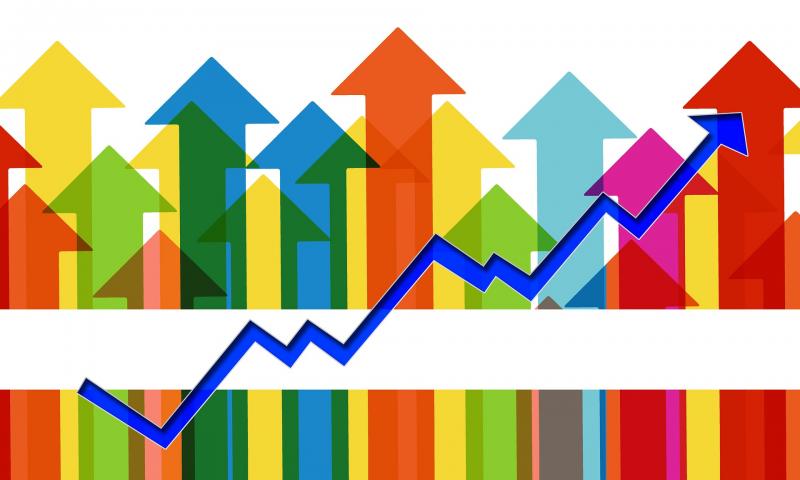The year in retrospect Global growth loses momentum as inflation returns The year under review started well. Global GDP is estimated to hav...
The year in retrospect Global growth loses momentum as inflation returns The year under review started well. Global GDP is estimated to have grown by 6.3% in 2021, its fastest rate in almost 50 years, and in line with expectations at the time of last year’s Annual Economic Report (Graph 1.A). The expansion in 2021 was broad-based. Japan aside, most advanced economies (AEs) grew strongly, bolstered by the easing of most remaining pandemic-related restrictions and very accommodative fiscal and monetary policy. Growth in emerging market economies (EMEs) (excluding China) varied, but as a group they expanded by 6.5%, supported by buoyant global goods trade, easy global financial conditions and, for commodity exporters, higher terms of trade. Developments in China were less positive. Admittedly, GDP still grew by a solid 8.1% in 2021. However, this fell short of expectations. Regulatory interventions in the real estate and IT sectors weighed on activity. In addition, more frequent and broader lockdowns, in line with the authorities’
The global expansion lost momentum as the review period progressed. Soaring infections once Omicron emerged in late 2021 cut consumer spending and, in some countries, labour supply (Graph 1.B). And, just as the expansion resumed, the war in Ukraine dealt a further blow. GDP growth forecasts for 2022 were marked down, particularly for countries more affected by the conflict (Graph 1.C). In a striking break with the recent past, global inflation climbed to multi-decade highs. By early 2022, it exceeded central bank targets in almost all AEs, and had risen above 5% in more than three quarters of them (Graph 2.A). The share of EMEs with inflation above 5% was almost as high. Higher inflation was less prevalent in Asia.
But even there, it generally rose above target as the year progressed, with the notable exception of China. The flare-up in inflation came as a surprise to most observers. At the end of 2020, forecasts were generally projecting inflation at or below central bank targets (Graph 2.B). Even in mid-2021, by which time inflation had already started to rise, most forecasters underestimated the extent or persistence of the increase.2 Contributing to the miss, the increase was initially concentrated in a narrow set of items, such as durable goods, food and energy. These price increases were widely interpreted as one-off or transitory relative price adjustments to pandemic-induced shifts in supply and demand. But inflation progressively broadened (Graph 2.C). By early 2022, growth in service prices, which tends to be more persistent, exceeded its pre-pandemic level in much of the world (Graph 3). Higher inflation reflected a confluence of factors. First, the recovery from the Covid recession has been unusually rapid,
particularly in AEs (Graph 4.A). Massive fiscal and monetary policy support early in the pandemic bolstered household incomes despite large falls in GDP. This income boost – much of which was initially saved – paved the way for spending to bounce back as activity restrictions eased in 2021.
higher inflation, so that the relationship between income support early in the pandemic and economic activity in 2021 was much more evident for nominal GDP than real output (Graph 4.B).3 Meanwhile, policy measures such as furlough schemes and debt moratoriums helped prevent the feared wave of corporate bankruptcies.4

No comments